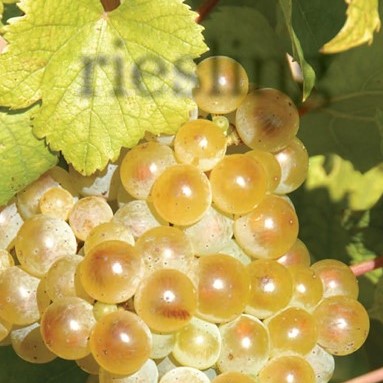I recently attended a get together of the notorious DWA (Daylesford Wine Appreciation Group) at Winespeake in town. Resident expert ‘Som’ Jeremy Shiell put on four different expressions of riesling from their great range of wines and it resonated with me that I needed to update my riesling review so here goes.
Traditionally regarded in Europe as the most treasured and noble white grape variety yet it still struggles to gain mass popularity in the Australian market (I’ve been saying that for over 20 years). I think we are finally moving in the right direction. There are now more styles available on the market which might see the grape variety extend its reach.
Undoubtedly, riesling is a versatile grape variety that can either make a refreshing light, dry wine, a luscious sweet dessert wine or something in-between. World-wide, Australia has the second highest plantings of riesling with only Germany having more acreage. Clare Valley has long been the home of Australian riesling and Polish Hills and Watervale are two top sub-region in the valley. Other areas that have an excellent reputation include: Eden Valley and Adelaide Hills (South Australia), Strathbogie Ranges (Victoria) Frankland River (Western Australia), Canberra District (New South Wales), and Tasmania.
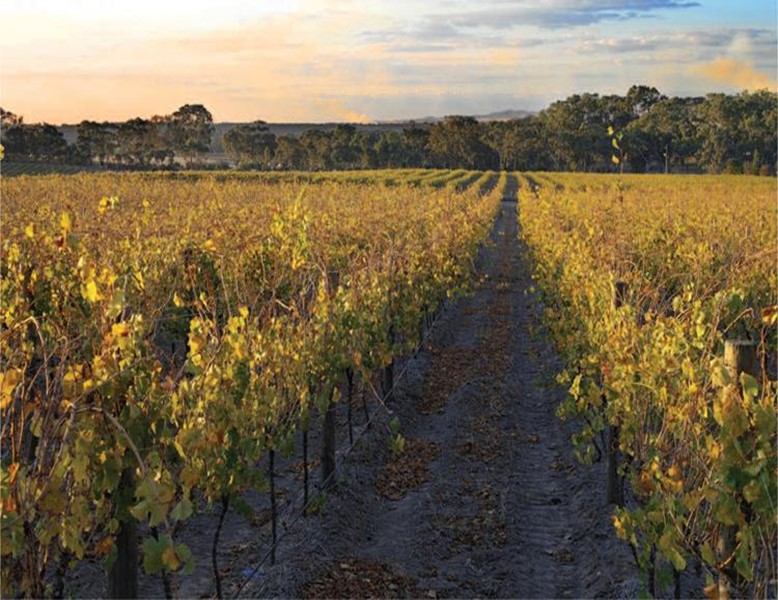
Jeffery Grosset is a leading producer of dry Clare Valley riesling. He produces two riesling from Polish Hills and Watervale (his Springvale vineyard) that explore sub-regional nuances. Grosset provides the benchmark for Australian riesling. In a similar vein Judi Cullam from Frankland Estate in WA’s Frankland River has specialised in riesling and produces three individual vineyard Rieslings. She has now handed over responsibility for making the wines to her son Hunter Smith and winemaker Brian Kent.
In New South Wales, Ken Helm has been making classic German inspired riesling in the Murrumbateman sub region of the Canberra District since 1977 and was the driving force behind the Canberra International Riesling Challenge held every year in the Capital. Trips to visit Dr Loosen and Katharina Prüm in the Mosel region of Germany have fine-tuned Helm’s wines. Ken produces a range of rieslings including regional expressions as well a Classic Riesling and a half dry Riesling.
Riesling suits cool climate locations, however Clare Valley is decidedly hot. The success of riesling in this region is due to the topography, with the vineyard being located on hills and exposed aspects. Wind and cloud cover, as well as altitude, combine to achieving the right growing conditions. In Australia riesling tends to produces refreshingly aromatic, dry, light to medium bodied wines with plenty of acidity. The wines are unoaked and undergo a cool fermentation to protect their delicate flavours and aromas. When young they may display lemon (citrus), floral or lime characteristics, especially those from cool climate areas such as Northern Tasmania. These primary fruit aromas are caused by a group of compounds found in the grape called monoterpenes. The linalool compound produces citrus, whilst geraniol provides floral and rose petal. Llactone produces lime aromas.
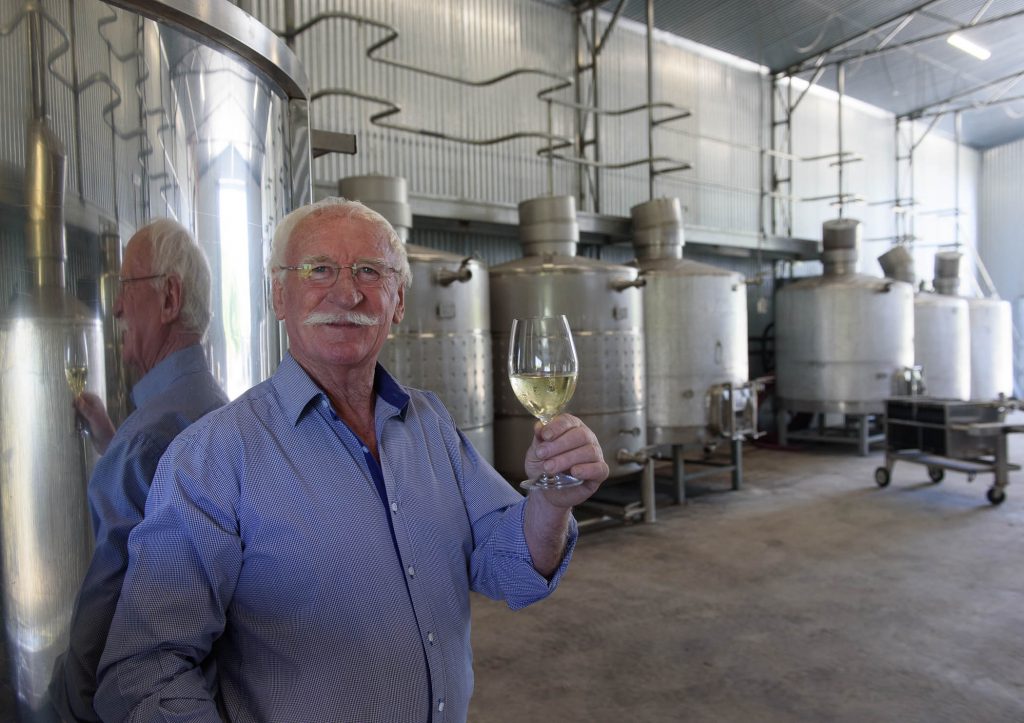
Tasmania seems to be hitting its straps with riesling at present. Samantha (Sam) Connew and her label Stargazer makes a single vineyard wild fermented textured off dry wine that I rated as Outstanding, my note is here. She is one of my favorite producers in Tasmania at present. Right next to Sam in reputation is Anna Pooley at Pooley Wines in Southern Tasmania.
Off-dry riesling have gained popularity in Australia recently and involves leaving a small amount of fruity residual sugar in the wine, offset by pleasant crisp (high) acidity. It is the varying amounts of sweetness in riesling, and the fact that there is often a number of different claims on the label, that is confusing the drinking public. What a German or Kiwi describe as dry an Aussie would think as off-dry. That’s why the International Riesling Foundation (IRF) developed a voluntary Riesling Taste Profile with recommended technical guidelines for winemakers and a useful dry-sweetness scale for consumers. Wines are placed on a scale from dry, through medium-dry, medium-sweet to sweet. Riesling brands such as Leo Buring in Australia have used the scale on their labels, but it hasn’t been widely adopted.
Steely, mineral and slate are some cool climate descriptors, more often seen in Alsace, France and the Rheingau and Mosel regions in Germany. The latter remain the traditional home of riesling.
Germany produces a number of different styles: Kabinett, Spätlese, Auslese, Beerenauslese (BA) and Trockenbeerenauslese (TBA). Kabinett being the driest, whilst TBA is incredibly sweet and rich. Auslese labelled wines are my favourite styles and can have some botrytis fruit which give hints of apricot and ripe stone fruit aromas. Auslese are hand selected from fully ripe bunches and have between 60-120g/l of residual sugar (RS). However this style can be fermented to dryness producing a Trocken wine with higher alcohol (13% or more)
I describe the growing condition in the Mosel Valley for an article for Winestate. “The grape ripens very late and therefore needs warm and sheltered sites that squeeze out the warmth going into late autumn and even winter. This is why the best wines in the Mosel are located on pure south or south east or south western facing slopes.
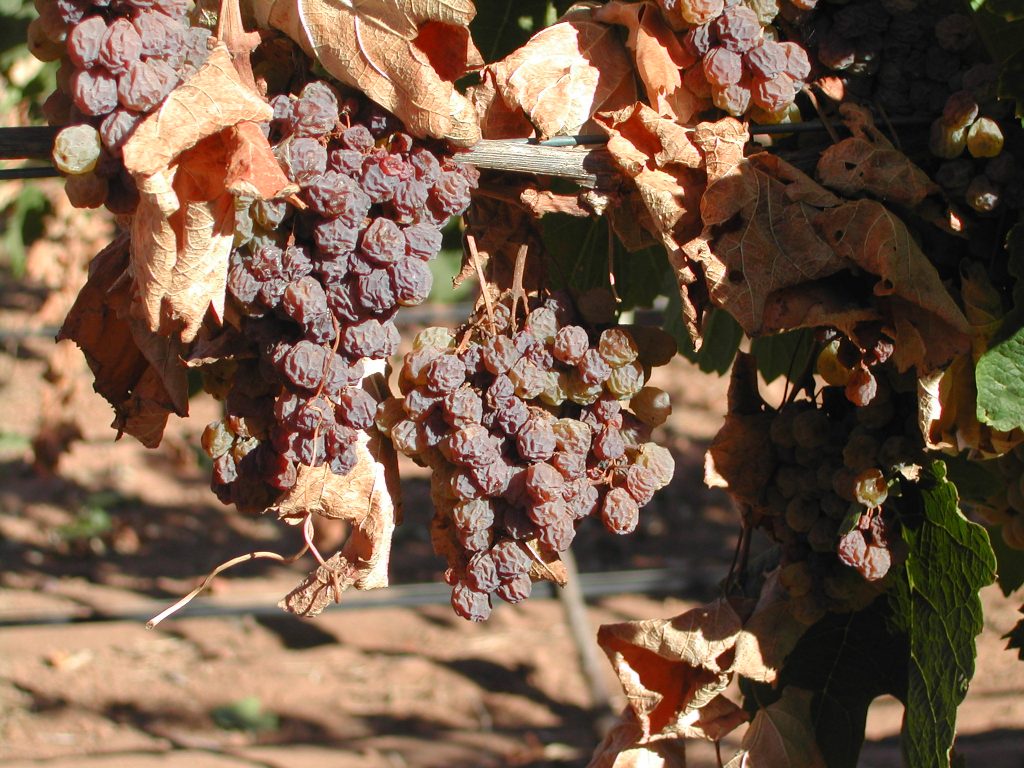
Try the wines from J. J Prüm. Their Graacher Himmelreich Auslese 2016 is an elegant and intense wine showing ripe stone fruit with racy acidity. The word ‘sweet’ was not mentioned once in my notes. At a trade lunch in Sydney a while ago (pre-pandemic of course) it was matched superbly with rotisserie pork belly with fennel pickle.
The slate soils are also beneficial in retaining the heat as well as allowing good drainage. They also help in getting the growth started in spring as these soils warm up quicker than say more dense clay soils. The proximity of the river also provides reflected sunlight on the vines that cling to the slopes. All in all it is a special, but very marginal place to grow grapes.” At home Germans tend to drink dryer riesling. The most impressive, and expensive, dry German rieslings are coming from producer organizations such as the Verband Deutscher Prädikatsweingüter Association (VDP) and labelled as either Erstes Gewachs or GG (Grosses Gewächs) wines. The rise of the dry wines in Germany has seen production of the traditionally sweet wines drop from 60% of the market down to 30% in the past decade.
Alsace remains my go to place for great riesling. They were traditionally dry in style but increasingly we are seeing some wines have residual sugar as the region tries to come to terms with riper vintages due to global warming. Domaine Weinbach is one of my favourites. The other evening we had another great example. Note below.
2019 Meyer Fonné ‘Reserve’ Riesling. The wine is vinified and then aged on fine lees in foudre. Intense nose with lemon and ripe stone fruits. Zesty, slightly off dry with a rich, textured palate packed with extract. Delicious.
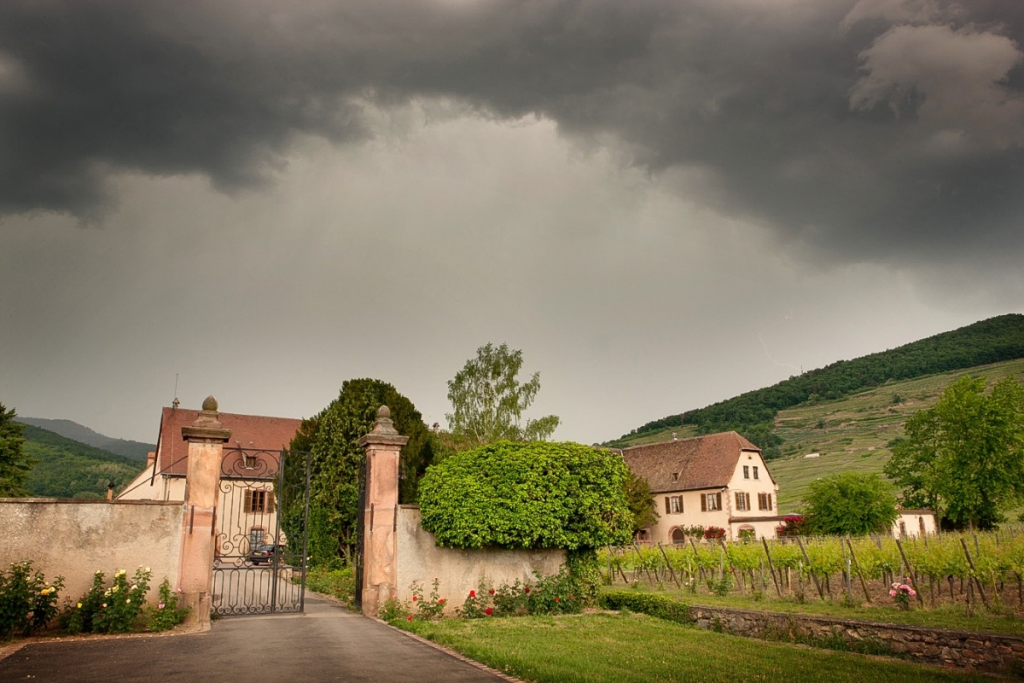
Riesling is often consumed young but can age gracefully. Tertiary aromas such as toast and honey can develop after 8 to 10 years bottle maturation. The wines can also pick up kerosene and even diesel aromas with more ageing, although some wines develop these distinctive aromas quite early. They are formed by a compound called 1,6,-trimethyl-1,2-dihydronapthalene thankfully known in the trade as TDN. Some people like these aromas whilst others don’t and see it as a fault. It is a strange one “ ah the smell of the gas station!” It has been linked to the grapes being exposed to excessive sunlight, water stress and heat which may explain why young wines can exhibit the character. In a research article by Andrii Tarasov at al (2019) it was also suggested that screwcap bottles retain TDN more than bottles under cork.
Riesling is susceptible to botrytis cinereal (noble rot), which can produce an excellent unoaked sweet dessert wine. The aroma descriptors are similar to semillon, such as candied dried fruit and marmalade, yet they tend to be lighter, perhaps with floral and spice, with more acidity and the absence of oak flavours. Another way to produce a sweet wine is the cordon cut technique which involves cutting the vines canes, or arm, when the grapes are ripe, allowing the fruit to partially dry on the vine which concentrates the flavours and produces a sweet wine
Eiswein or ice-wine is another dessert style riesling. Here the berries undergo a constant freezing and thawing process and are finally picked frozen at a temperature of between 10 to – 15ºC. In Australia we don’t get the severe winter temperatures required to naturally freeze the grapes so riesling juice is frozen in a tank to remove the water and the remaining juice, which is around 80% sweeter, is then fermented. Both the cordon cut and ice-wine processes retain the wine’s acidity which provides a crisp balance to the sweetness and ensures that the wine will age well.
Summary – Riesling Styles
in the last edition of the Australian Wine Guide I described three styles: Dry, off dry and sweet dessert wine. I’ve now added a fourth – which is ‘texture over aroma’.
- Bone dry, citrus, floral driven. This is Australia’s major style and made famous by the Clare and Eden Valley. Fresh, dry, light bodied and crisp (high acidity). Enjoyable in their youth, but may also be aged. Eden Valley has a more delicate floral, steely expression, whilst Clare Valley is more mouth filling with citrus and limes. As an alternative to Clare and Eden try Canberra District – Lark Hill Riesling is exceptional
- Off-dry and medium dry Germanic style. We are seeing more producers include this expression in their line up. Winemaker John Hughes for example makes around 10 different styles of riesling under his Rieslingfreak label and some of these (such as his No 5 and No 8) have residual sugar and are make in a German style. Try Handpicked Wines Trail Batch Riesling 2020, Tasmania. Tasting note here
- Texture over aroma. Here winemakers are after texture and flavour intensity over strong primary aromatics in my opinion. This is achieved through skin contact, oxidative handling, whole bunch pressing, wild fermentation etc. Try Stargazer (see above) or Latta Tenacity Riesling 2021, Pyrenees, Victoria or the wines from Koerner in the Clare.
- Sweet wines – either botrytis, cane cut, ice wine or simply late picked.
